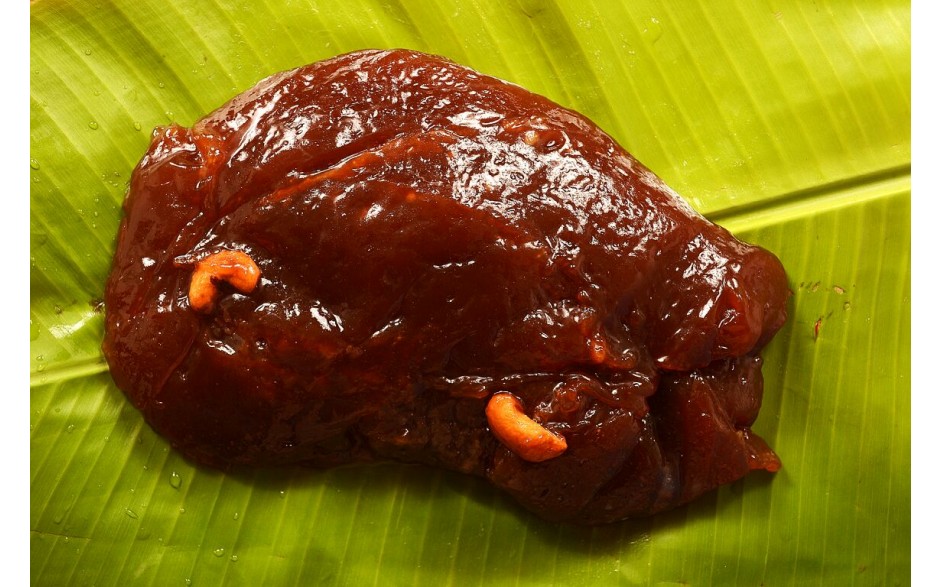India has an amazing variety of sweets and all Indians love their meal with something to sweeten the tongue and the side effects of spicy food. Every state, town and village and even the villages have their own special court. Many are Pan Indians, while others are regional specialties. The quality of the candies depends on regional ingredients such as water, milk, flour, rice, sugar, gur or molasses, ghee and oil. While Kolkota can be famous for its milk-based sweets, Delhi and Punjab rest their laurels on the sheer quality of ghee and wheat. The south has many sweets made of rice and more than sugar, it is the natural gur that plays a predominant role.
Many places in South India are associated with a certain sweetness. Tirunelveli Halwa is known worldwide for its viscous elasticity and dripping ghee. The word Halwa comes from the Arabic word Hilwa, which means sweet. Halva are usually sweet, rich and full of nuts and nuts. This sweet can shut up! If you put a piece on it, you first fight with its pulling and stretching force and then you really have to chew it! Among the famous creators of Tirunelveli Halwa is the “Halwa Iruttu Kadai” .. literally the halva of the dark shop. This store opened in 1900 and sells the Halwa for a few hours after dark. People are waiting in the queues to buy this sweet and often the stocks of the store are over when you reach the counter. The recipe is a well-kept secret!
Another test that can literally break or break the reputation of a cook and the teeth of his family / guest is Mysore Pak. Made with just three ingredients: Besan or Gram flour, sugar and an infinite amount of pure ghee, you need great expertise to make this modest appearance look sweet. If it does not come out of the wok and fire at the right time, Mysore Pak can become the Rock of Gibraltar! A good confectionery manufacturer from Coimbatore-Krishna Sweets has reinvented and popularized this candy as “Mysorepa” – in fact it is none other than the Besan Ka bartender from northern India with a consistency softer and melting.
The Darward-Peda has risen because of the mass production of this lump of milky pleasure by the Dairy Cooperative of Karnataka. Sweetened milk is reduced to a brown consistency and rolled into balls and squeezed with the thumb. The shelf life of this treatment is longer than that of most dairy products.
Payasam – Sanskrit for milk – is a traditional sweet milk pudding and can vary depending on the terrain. It can be rice, milk and sugar or Chana / Moong Dal, Gur and coconut milk. For any occasion or family event, the banana leaf or plate is first served with a spoonful of Payasam. The Ambalapuzha payasam of the Lord Krishna Temple in Kerala is an incredible dish of sweetness and worship. Vermicelli and Whipped Rice are modern variants added to Payasam or Kheer. The cooks began adding fresh fruit to the milk preparation.
Poli comes from Thanjavur. Polished Pooran is a thin crepe filled with dal and sugar and pureed Gur and flavored with cardamom and nutmeg powder. This dish was introduced to the south by the Maratha invaders and became an integral part of South Indian cuisine. In the border areas of Tamil Nadu and Karnataka, near Kerala, there are pancakes filled with Ubbuttu or Coconut and Jiggery. Po-Pois-Poal-fried in a reduced milk-rich sauce is a variation of this polish.
The flat rice and jiggery paste flattened and fried into balls, the adirasam is also a dish shared with the marathas. It takes an important place in religious celebrations. The Somasi or Gujjia or Karjikkai Fried Crescent is filled with the sticky mix of dal, sugar, nuts and raisins – is another sweet Indian pan that is famous all the southern states.
Chettinad has a traditional and rich cuisine. Their paniyaarams have many avatars and small dumplings dipped in a sweet sauce, coconut milk and paal paniyaram milk is a pudding to dying. Padirpheni is a local paste of angel hair that is crisp until a mixture of almond milk is poured on it. Phathirpheni is especially popular in Karnataka. He is also called Chirotior Surul Poori. Pathiri is the version of Kerala.
Kozhukkattai in Tamil Nadu is immediately associated with Lord Ganesha. It is a momo or a sweet dumpling of rice flour and stuffed with a walnut

